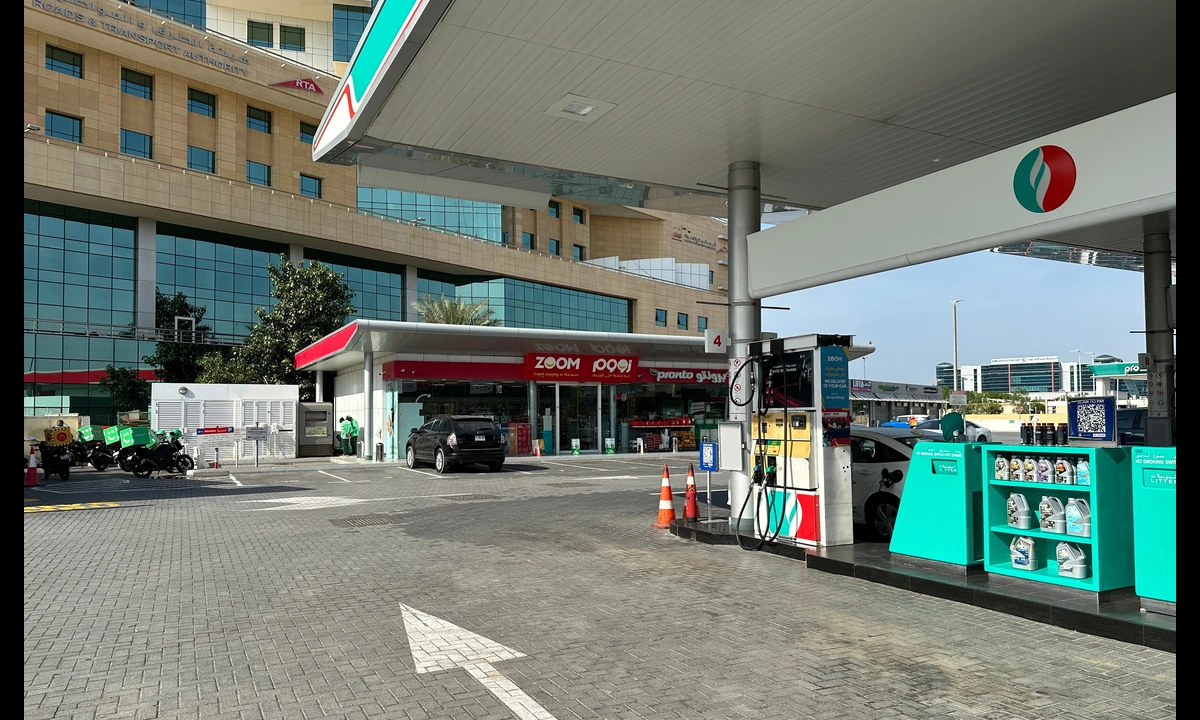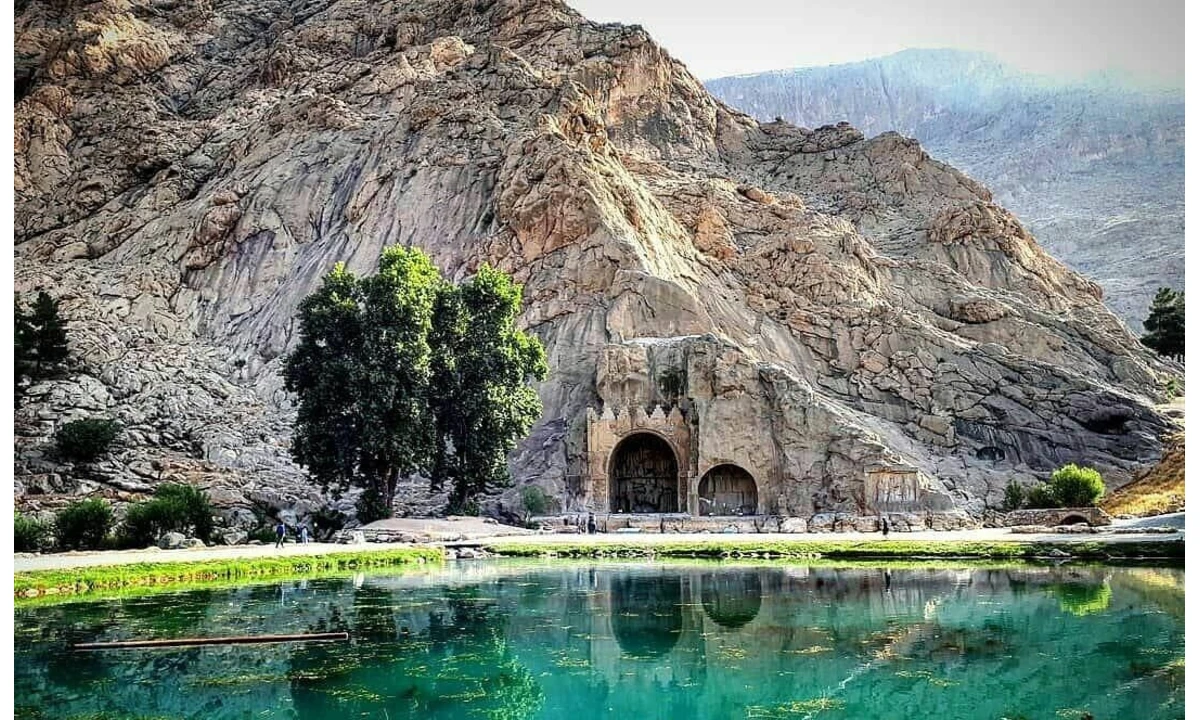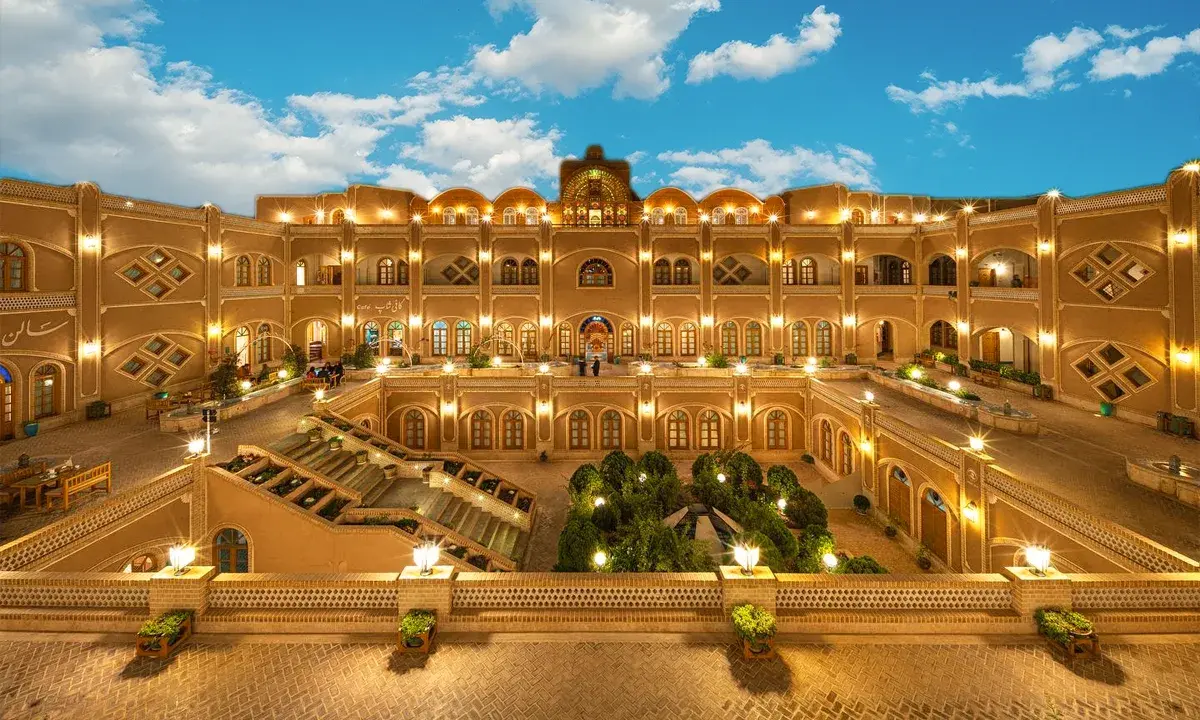Narin castle (orange castle) in Iran
![]() Author : asal | Date : Sunday 26 January 2025 12:49
Author : asal | Date : Sunday 26 January 2025 12:49
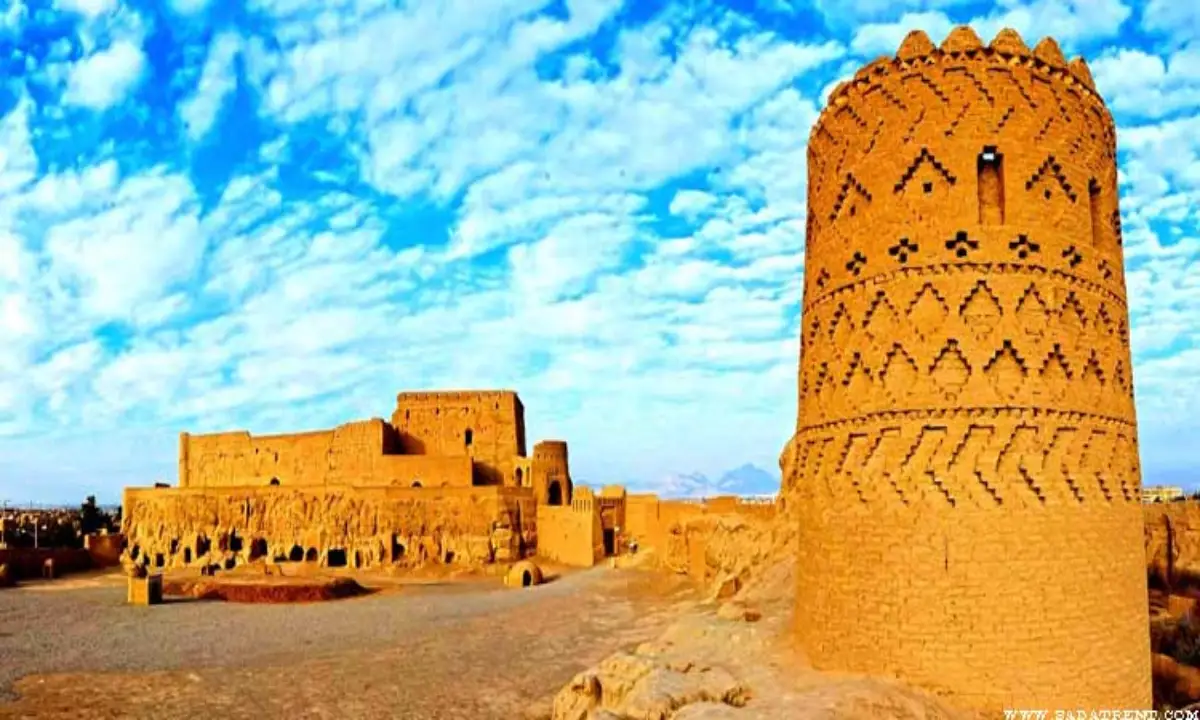
Narin Castle (Orange Castle) dates from the Sassanid era and is located in Meybod. It was recognized on August 8, 1354, with registration number 1086 as one of Iran's national achievements. This majestic castle is the world's second-oldest, dating back between 7,000 and 12,000 years.
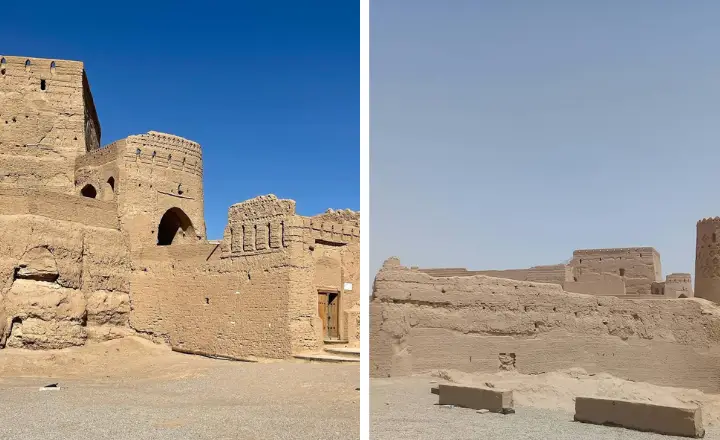
history of Narin's castle
The city of Meybod, one of the oldest cities in Iran and Yazd province, dates back several thousand years. Due to its historical texture, the city has registered many of its valuable monuments and buildings in the list of the country's cultural heritage. The city seems to have had a lot of significance at this time and is based on the discovery of a collection that archaeologists attribute to the Sassanian era. Narin Castle has been of great importance since the advent of Islam, which can be considered a strong and indestructible place against enemies and aliens. visit Iran and enjoy.
The interesting and remarkable things about Narin Castle can be seen in the presence of accessible underground networks that the designers and architects of that era built to provide and cater to the needs of people, including water and food. Some archaeologists have estimated the habitat of this historical collection is about 3-4 thousand BC.
Where is Narin Castle?
Narin Castle Architecture
Narin Castle, also known as the Dalan Fortress, has been built on high tides that can be found all over the city of Meybod and around it. Some architectural experts believe that this huge historic mansion is an ancient fortress that is considered to be one of the old adornments of the era of ancient Iran, which remains firmly established due to the type of architecture used in it. Archaeologists and architects, the area of this monument dating back to the Parthian and pre-Islamic periods, has been mentioned in the Shahneshin 3 hectares and some 15,000 square meters of resources, which, according to the number, is related to the Sharestan section.
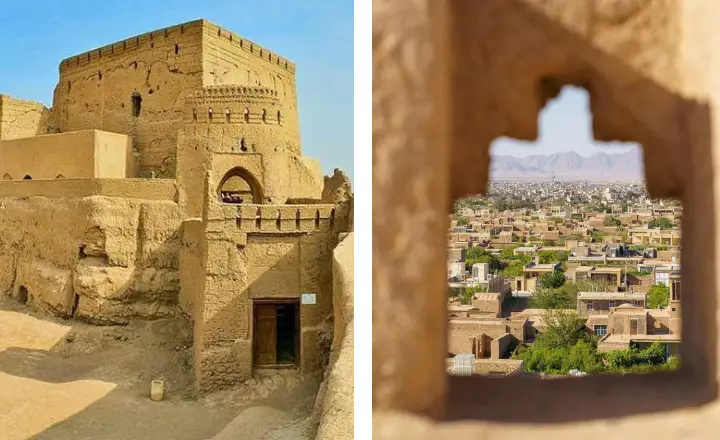
✔️Read More: Alamut castle
As in all of the castle cities of Iran, the excavation of the Khanegh is part of the city's defenses, in designing this city, Qal'eh also has been considered for defense and military affairs against aggression and attack of foreigners.
The ancient architects used their skills in Iranian architecture and built it here. Narin Castle has built 4 high-rise towers, which, unfortunately, remain only their central part in the present day. Also, the construction of numerous rooms in this historic and valuable castle is another architectural part of the castle, with only parts of these small rooms that are nesting and interconnected.
A large number of these rooms are not accessible due to their presence in the lower parts of the castle and the collapse of the corridors. It can be said that the Narin Castle consists of two main parts for residence and life, which are known as the upper and lower parts.
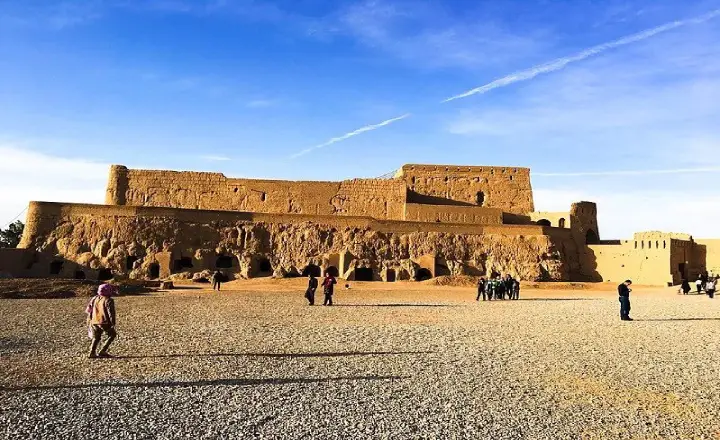
Indoor lighting is created in the form of openings that are located in the upper portions of the walls. The Narin castles or the castle towns in different parts of Iran are a kind of historic urban history that has been remembered since ancient times. The Narynqlay maybe also after the Arg Bam is the largest city of Iran's castle, which has a structure similar to the structure of the Bam Citadel, and is as beautiful and stylish as the eyes of any visitor to the beautiful city can be seen. you can use a car rental in Iran and visit beautiful attractions.
Last Word
Narin Castle, an ancient fortress located in Meybod, Yazd province, stands as a symbol of Iran's rich history and architectural ingenuity. Estimated to be around 7,000 to 12,000 years old, it is considered one of the oldest castles in the world. This historical structure, with its unique design and strategic location, offers a glimpse into Iran's past and the evolution of its architectural styles. The castle's significance is further highlighted by its connection to the Sassanian era and its continued prominence throughout the advent of Islam.


